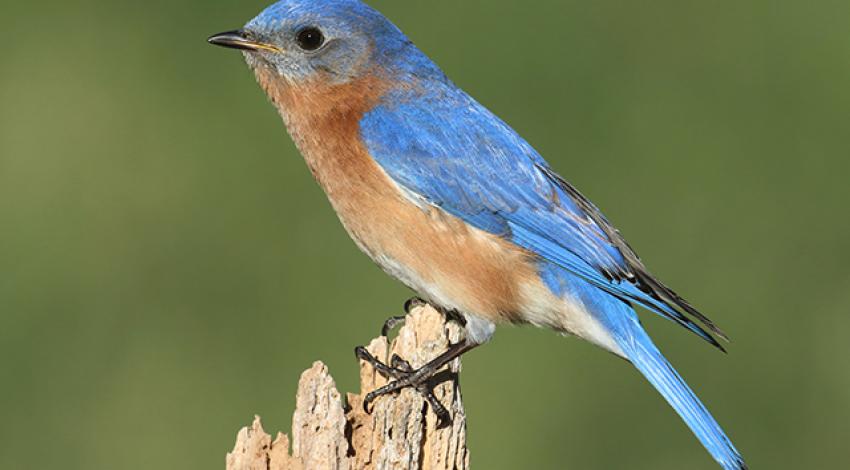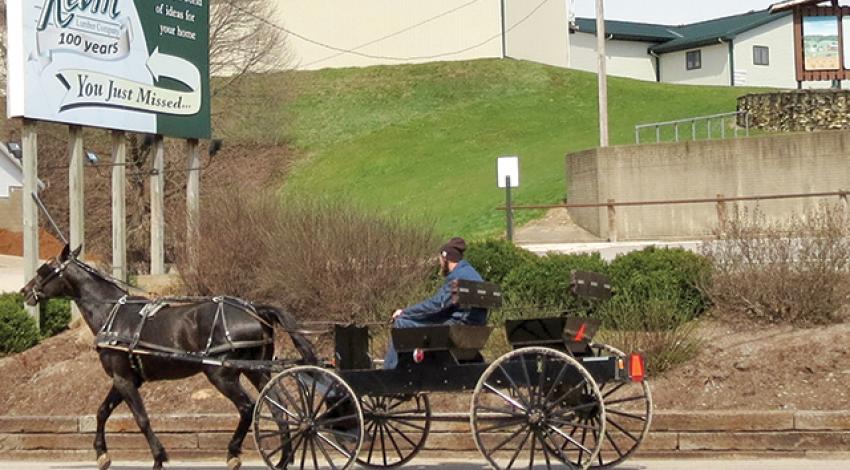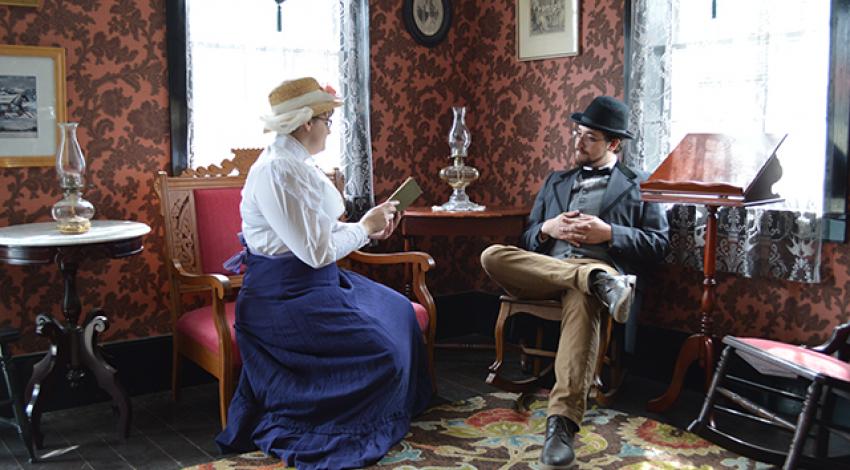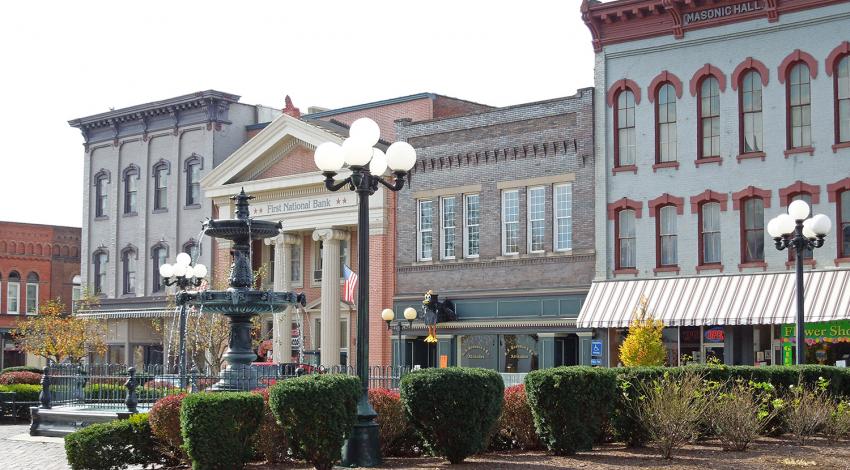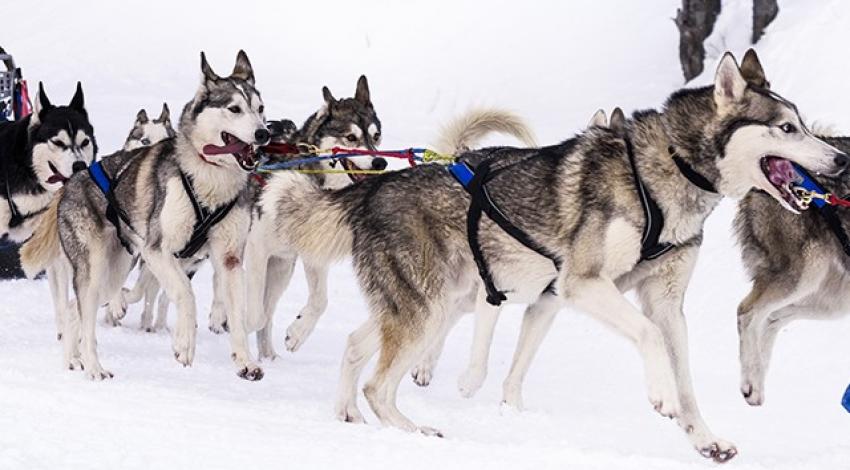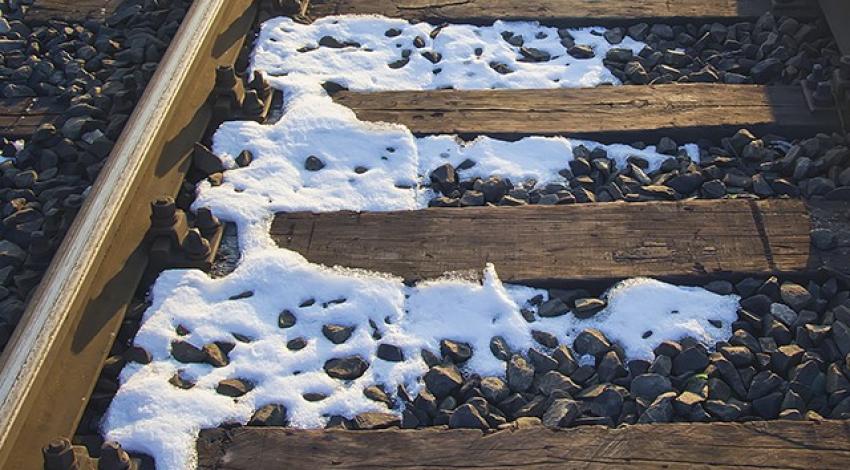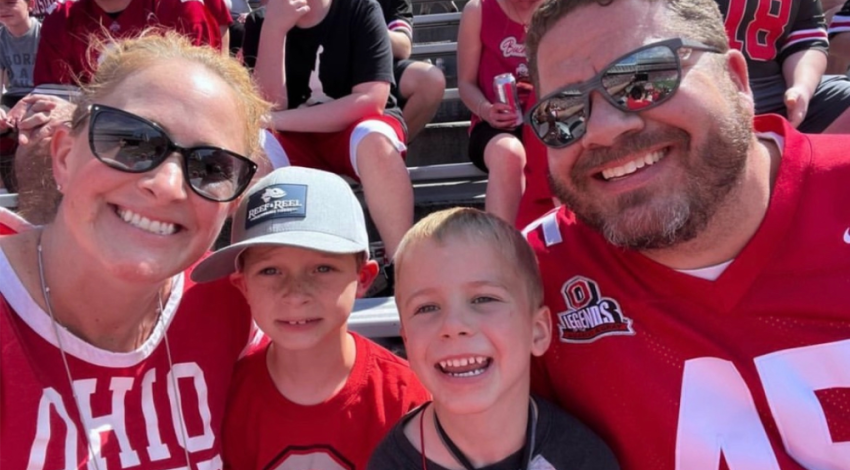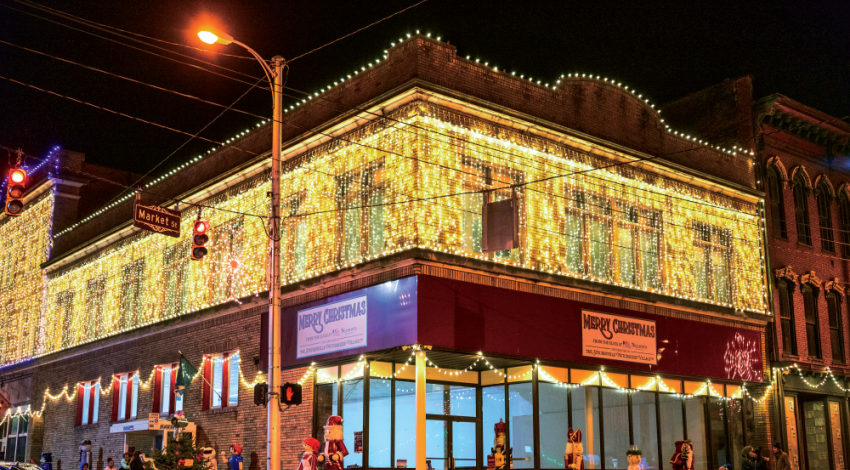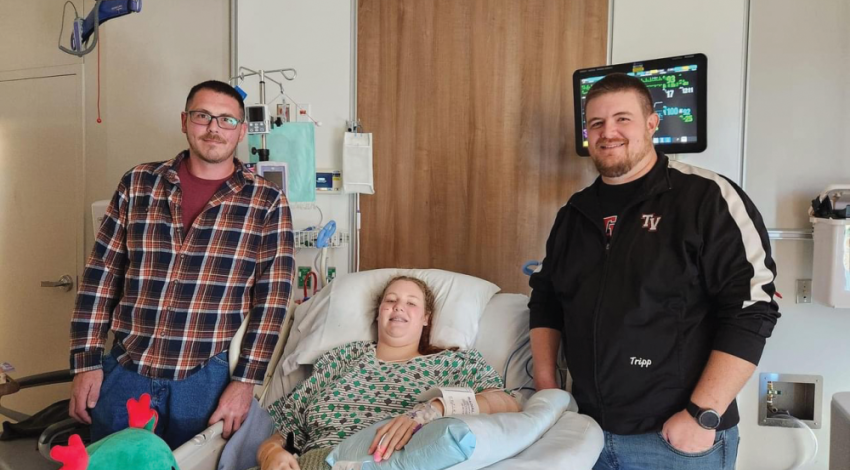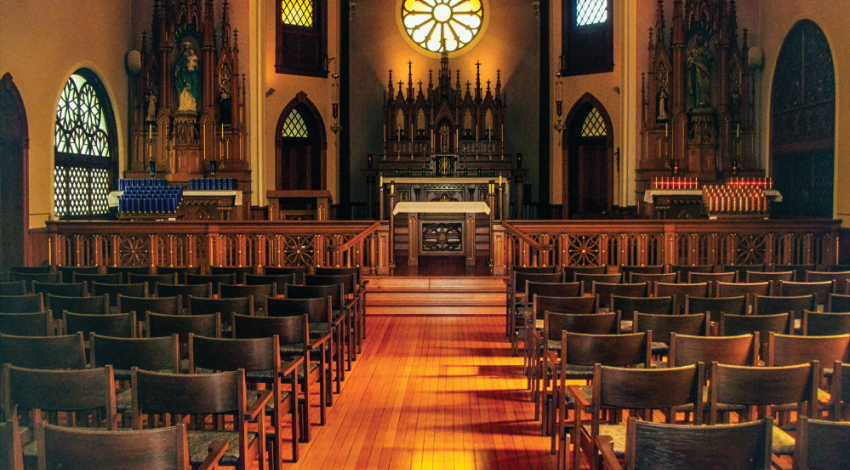Ohio history
According to an old Pima Indian legend, a flock of very ordinary gray birds became concerned about how unattractive they looked. They began bathing in a sparkling blue mountain lake every morning hoping to make themselves more beautiful. After bathing in the lake for four days, their feathers fell off, and all that remained was gray skin that was even uglier than their plain-looking gray feathers. On the fifth day the feathers grew back in, but this time they were the brilliant blue color of the mountain lake.
While Holmes County historians have ascertained that the hamlet of Charm began in the 1840s when a blacksmith shop opened along an old Indian trail near Doughty Creek, no one knows for sure how Charm got its unusual name. Other businesses gradually joined the blacksmith shop, and by the 1860s, a community had evolved that locals called Stevenson, apparently because Stephen Yoder and his son farmed the land there. When Stevenson’s citizens applied for a post office in the 1880s, the postal department asked them to choose an official name. They picked Charm. Why?
Expect plenty of fringe — a popular decoration of the day — when Ohio Village jumps ahead in time about 30 years.
On May 28, when Ohio Village opens for its 2016 summer season during the Memorial Day weekend, the re-created 19th-century rural Ohio community in Columbus will fast-forward in time from the 1860s and the Civil War to the 1890s.
Some Nelsonville businesses worried that the new U.S. 33 bypass would take away business traffic. Now, a few years later, Nelsonville has become a destination instead of the bottleneck it once was as drivers passed through this Athens County town. Few ever turned off the congested highway to explore Nelsonville’s picturesque downtown a few blocks away.
The relatively mild winter this year in Ohio would hardly make a person think about dog sledding. Yet Ohio does have a connection with the famed Iditarod sled dog race, held annually during March in Alaska. The Iditarod race is named for the Iditarod trail that was originally used for getting mail and supplies to the interior of Alaska and bringing out gold, which was being mined by prospectors trying to make their fortune.
During one of his daily strolls about Washington, D.C., in the spring of 1878, President Rutherford B. Hayes came upon a group of unhappy children, upset that they had nowhere to roll their Easter eggs.
Rolling Easter eggs was a popular children’s game of the day, so President Hayes and First Lady Lucy decided to help the kids. They struck upon an idea for an event that’s made thousands of children happy for nearly 140 years — the White House Easter Egg Roll.
On March 29, 1916, at roughly 3:45 a.m., a speeding train plowed into two other trains that had collided in the town of Amherst in Lorain County, near Lake Erie, as part of one of the worst train wrecks in Ohio history.
To help observe the 100th anniversary of the deadly crash, Echoes in Time Theatre will present The Amherst Train Wreck at the Ohio History Center in Columbus, home of the Ohio History Connection (OHC), formerly the Ohio Historical Society.
